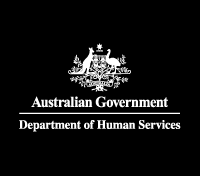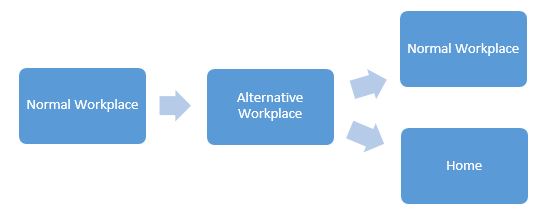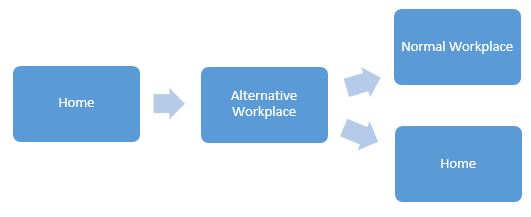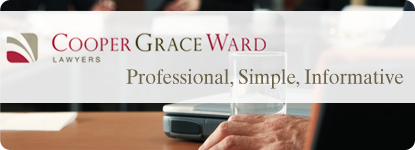There are a number of structures that you can choose from when creating your business. The four main types of business structures commonly used by small businesses are:
• Sole trader: an individual trading on their own
• Partnership: an association of people or entities running a business together, but not as a company
• Trust: an entity that holds property or income for the benefit of others
• Company: a legal entity separate from its shareholders.
When deciding upon a structure for your business, it is essential to choose the one that best suits your business needs and remember that there are advantages and disadvantages for each. Choosing your business structure is an important decision that can determine the licenses you will need to operate, so you need to investigate each option carefully.
Sole Trader
A sole trader is the simplest business structure. If you operate your business as a sole trader, you trade on your own and control and manage the business.
A big advantage of a sole proprietorship is the high level of autonomy the owner has to run his business. There are no other owners to divide profits with, which allows a sole proprietor to use business funds in any manner. Sole proprietors have relatively few formalities to adhere to and very little regulation from federal, state and local government. However, a major disadvantage of a sole proprietorship concerns the lack of liability protection for the business owner. This means a sole proprietor has a personal responsibility to pay every business debt and obligation.
Partnership
For tax purposes, a partnership is an association of people who carry on a business as partners or receive income jointly. A partnership is not a separate legal entity and doesn’t pay income tax on the income it earns. Instead, you and each of your partners pay tax on the share of net partnership income you each receive.
The main advantage of a partnership is that it is easy and inexpensive to establish. The disadvantages are that a partnership offers no personal asset protection for partners of the business. A partner may be even liable for the negligent acts of another partner. If the partnership’s business assets do not cover an obligation, a creditor may pursue a partner’s personal assets as compensation for the business debt.
Trust
A trust does not have a separate legal existence like a company. All transactions in respect of the trust are undertaken by the trustee. Consequently, a transaction entered into by the trustee is a personal obligation.
Advantages:
– limited liability is possible if a corporate trustee is appointed
– there can be flexibility in distributions among beneficiaries
– trust income is generally taxed as income of an individual (also disadvantage)
– better access than a company to capital gains tax concessions
Disadvantages:
– the powers of trustees are restricted by the trust deed
– trust income is generally taxed as income of an individual (also advantage)
– losses are held within the trust until profits are made
– the costs in maintaining a trust are usually higher than that of a sole trader of partnership
Company
A company is a separate legal entity capable of holding assets in its own name. The two main participants in a company are the shareholders and the directors. The shareholders are the owners of the business and the ones who put the capital into the business.
Advantages:
– Companies offer the advantages of limited liability for the shareholder
– The company tax rate, 30%, is much lower than the highest marginal tax rate for individuals, which is 45% plus Medicare
– Asset ownership can be transferred in certain circumstances, through a company structure without significant stamp duty costs.
Disadvantages
– Where negative gearing starts by a company the tax losses are trapped within the company. Therefore this often means that negative gearing should be structured outside the company.
– The costs in maintaining a corporate entity are usually higher than that of a sole trader of partnership
The above is a brief snapshot of each structure. The best structure is different for each individual and family. If you would like to know more about structuring for your business please contact CNS Partners.















